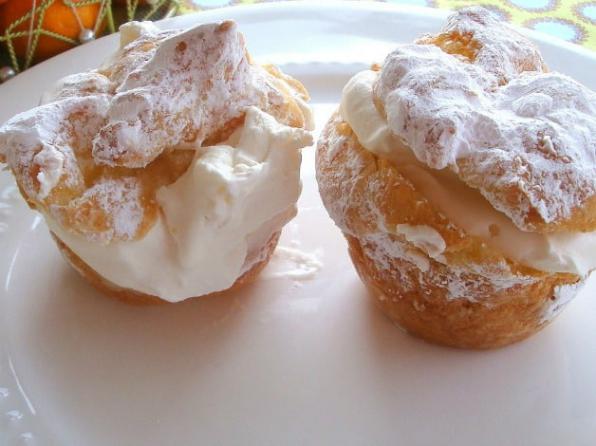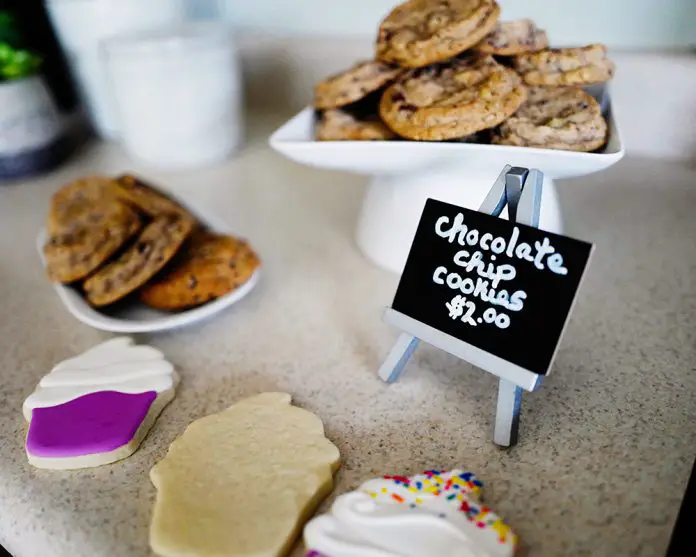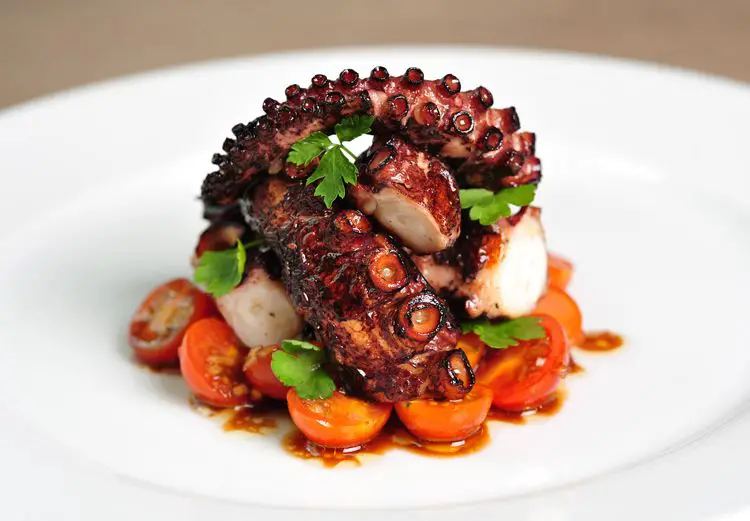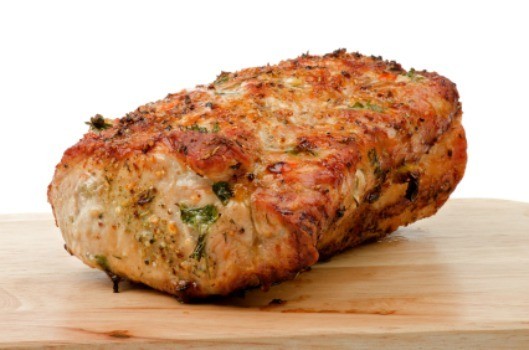Puff pastry is a delicate and flaky pastry that is loved by many. Its layers are created by folding butter or other types of fat in between layers of dough. When baked, the moisture trapped in these layers evaporates creating steam which causes the dough to puff up and become crispy. In this article, we will discuss tips on how to keep puff pastry crispy after baking.
Understanding the Science Behind Puff Pastry
To maintain the crispiness of puff pastry after baking, it is important first to understand its science. The goal of making puff pastry is to create a laminated dough with alternating layers of butter and dough. A successful puff pastry recipe has three critical components: fat, moisture, and air.
Fat plays a crucial role in making crisp puff pastries as it coats each layer of dough which creates a barrier against moisture that can cause sogginess during baking. Moisture is necessary for steaming which makes the dough rise quickly producing air pockets. Air pockets create lightness in texture and rise when exposed to heat.
Factors That Can Affect Puff Pastry Crispiness
Several factors can affect the crispness of puff pastry after baking:
Humidity High humidity levels contribute to soggy pastries as moisture from the environment penetrates food products’ surface. During hot months or rainy seasons, it’s essential to store finished baked goods correctly.
Storage Conditions Before and After Baking Before baking, commercially produced frozen or refrigerated puff pastry should be allowed room temperature before unfolding to avoid breaking due to excess brittleness.
After baking, cold storage slows down both oil oxidation and water evaporation rates that cause flavor loss degradation. It’s essential to store baked goods by wrapping them tightly in plastic wrap then place them in an opaque zip-top bag or closed container then refrigerate.
Overhandling The Dough or Improper Shaping Techniques Reduced handling increases finished product quality because working with less reduces possible damage to layers responsible for puffing up dough. It’s beneficial to work with the dough faster when shaping, cutting, or folding.
Tips for Keeping Puff Pastry Crispy
Preparing Your Recipe:
Preheating Your Oven Preheat your oven before baking at 200 – 220C. The key is to keep heat constant during baking, which helps steam evaporate and creates a crispy outside.
Stencil for Ventilation While Cooking Creating small holes or slits on top of pastries before cooking allows an escape route for the steam and helps produce crispness on the crust.
Baking Techniques:
Proper Timing When Par-Baking Prior to Adding Toppings/Filling. Par-bake pastry without toppings/fillings for a brief period so that moisture will not be trapped under them. Doing so can stop puff pastry from becoming soggy.
Avoiding Moisture on Top of the Pastry When Filling To ensure your pastry stays crispy after baking, avoid overly moist fillings which can ruin it quickly. You can prevent this by drying any excess moisture by using paper towels and letting it drain if necessary.
Using an Egg Wash if Necessary Before adding toppings, brush surfaces with a thin layer of egg wash. The glaze seals any gaps opening in between layers caused by baking while delivering a beautiful golden color when baked.
Cooling Techniques:
Allowing Enough Time for Cooling Remove finished products from the oven and cool them on a wire rack. Cooling lessens internal temperature while allowing steam to come out naturally.
Storage Methods:
Best Practices For Storing Leftover Baked Goods Baked goods like puff pastry should transfer into air-tight containers that keep crispness intact. Alternatively, you can wrap them individually with aluminum foil before freezing or refrigerating them to keep cool temperatures inside; also giving baked products more extended shelf life.
Common Mistakes To Avoid When Baking Puff Pastry:
Overstuffing with Fillings or Toppings That Add Moisture and Weigh Down Crispiness. Filling too much topping over pastry layers can lead to soggy centers.
Baking at Too Low A Temperature or For Too Long. When baked below optimum temperature, it takes longer for the exterior of puff pastry to crisp due to the moisture not being converted into steam quick enough.
Summary of Key Points
Puff pastry’s layers come from creating a barrier of butter or fat against dough that traps and converts steam into crisp air pockets.
Maintaining crispness in puff pastry requires consistent heat exposure during baking, dry fillings, proper cooling techniques after baking, appropriate storage methods before and after baking, using stencil for ventilation while cooking and avoiding overstuffed fillings that add moisture and weigh down crispiness.
Conclusion:
To keep your puff pastries crispy after they are finished baking is an art form all its own. There are many factors to consider starting from creating good dough until storing the final product. While making a decadent puff pastry might seem daunting an accurate process flows smoothly with practice. Remember that success lies with careful self-discipline and attention to detail. Apply what you’ve learned here, so next time you can wow your friends with golden, airy pastries that crackle delightfully!
Q&A
- Q: My puff pastry always ends up soggy after baking, how can I prevent that? A: The key to keeping puff pastry crispy is to bake it at a high temperature for a short amount of time, and avoid adding too much moisture during the baking process. Additionally, you can try brushing the pastry with an egg wash before baking, which will create a barrier to help keep moisture out.
- Q: Can I store leftover baked puff pastry and still keep it crispy? A: Yes, you can store leftover baked puff pastry in an airtight container at room temperature for up to 2 days. To help maintain its crispiness, try reheating the pastry in the oven or toaster oven for a few minutes before serving.
- Q: I want to make mini quiches using puff pastry shells, how can I keep them from getting soggy from the filling? A: To prevent your mini quiches from becoming soggy from the filling, try pre-baking the puff pastry shells before adding any fillings. This will create a barrier for the filling to sit on top of instead of seeping into the pastry.
- Q: Is there anything else I can do to ensure my puff pastry stays crispy after baking? A: Another tip is to use frozen puff pastry instead of refrigerated, as it contains less moisture. You can also try docking (pricking with a fork) the dough before baking, which will allow steam to escape and prevent excess moisture build-up inside the dough while it bakes.





